OnePlus 7T Pro review: a minor upgrade you don't need
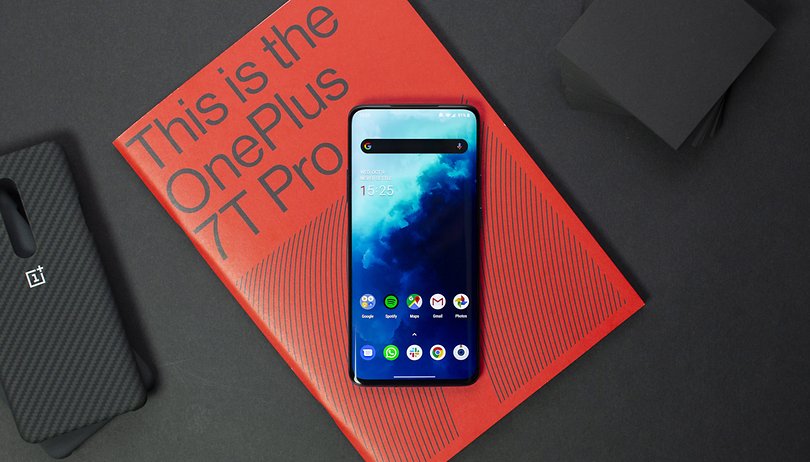

Less than five months after the launch of the OnePlus 7 Pro, the Chinese manufacturer was back on stage with the T-variant. The OnePlus 7T Pro, revealed for the European market at an event in London last week, is the brand's top smartphone. But is it still a flagship killer? Find out in this full and final review.
Good
- Superb 90 Hz display
- Snappy performance
- Very fast charging
- Excellent build quality
Bad
- Better camera options out there
- Little advantage over the 7T or 7 Pro
- Quite big and heavy
Pro pricing for the top model
OnePlus has been expanding its range of smartphones recently and the brand now offers four devices that come under the OnePlus 7 name. There's the OnePlus 7 and 7 Pro launched in May 2019, and now the 7T and 7T Pro. The non-Pro 7T model was officially revealed in India last week, but we had to wait until the London event this week to find out the price.
The OnePlus 7T Pro is available directly from OnePlus and Amazon in Europe for a starting price of £699/€759. Sales start on October 17 in the UK. The price is 50 pounds more than the OnePlus 7 Pro launched earlier this year, so what do you get for that extra fifty quid?
Understated, familiar design
OnePlus definitely mixed things up with the OnePlus 7T, especially when it came to that circular camera module on the back that is reminiscent of the Huawei Mate 30 Pro. For the 7T Pro, however, OnePlus stuck with a design more familiar to owners of the five-month-old OnePus 7 Pro. That's not necessarily a bad thing.

The smartphone looks and feels exactly how you would expect a modern flagship to look and feel. The AMOLED display is curved at the sides, like on a Samsung Galaxy phone of recent years. The popular notification slider, a hallmark of OnePlus smartphones, is still in place on the right-hand side of the phone above the power button. The same space-saving SIM tray, which stacks two nano-SIM cards on top of each other, can be pulled out from the bottom.
You really have to look very closely to find differences between the 7 Pro and the 7T Pro, but they are there. The laser focus on the back of the phone, for example, has moved from inside the camera module itself to sit just to the left of it on the new version. The reason for this is a mystery to me, though.
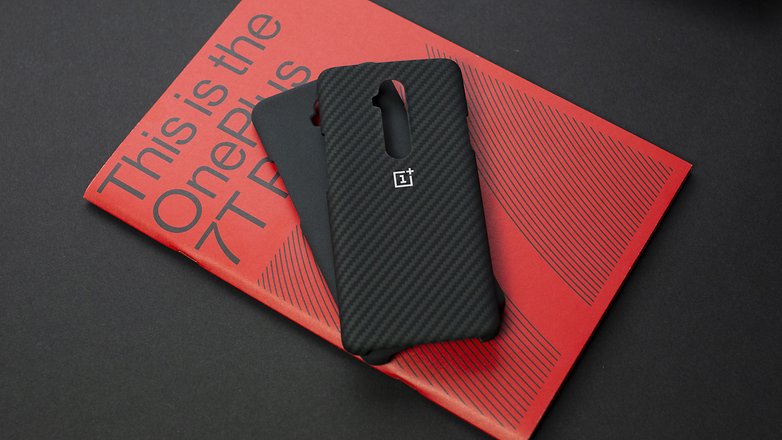
In terms of feel and build quality, OnePlus has maintained its own high standards with the 7T Pro. The design may not be the most eye-catching in this modern smartphone fashion show we are living through, but it's well-made, feels rock-solid and I have little to complain about. OnePlus is calling this color variant Blue Haze. It's a rather pleasant matt effect for the eyes but not to the touch.
90 Hz is still fantastic
Unlike the regular 7T, which features a dewdrop notch, the 7T Pro has a pop-up selfie camera allowing you to enjoy the full 6.67-inch AMOLED display in all its glory. Since spending time with the Oppo Reno 10x Zoom and the Mi 9T Pro this year, I'm quickly becoming a big advocate of pop-up cameras due to the full-screen benefits they provide.
This is the same QHD+ display we saw on the regular 7 Pro. That's a good thing because it is a fantastic display with a couple of tricks that really take it to the next level. The most notable at first is the 90 Hz refresh rate. It seems like a trivial thing, just part of the numbers game that drives the smartphone world forward, but it's one of those things that once you become accustomed to it, it makes the past seem so far away. Do you remember the first time you watched standard-definition television after becoming acclimatized to HD? It's that same feeling.
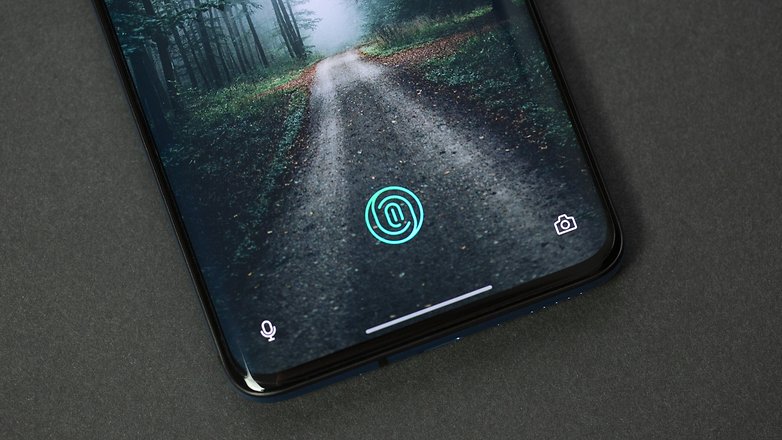
The resolution is set 3,120 x 1440 pixels (516 ppi) by default but you can also have an FHD+ resolution if you prefer. There's also an option to automatically switch between the two resolutions depending on what it is displaying. The Horizon Light feature, which uses the curved edges of the display as a kind of notification LED substitute, has also made it across to the 7T Pro. There were some reports online that the update to Android 10 was causing issues for owners of the OnePlus 7 Pro, but it works fine on our 7T Pro review unit running the latest Google software.
Android 10 out of the box
OnePlus has been quick this year to get its latest version of OxygenOS based on Android 10 up and running. The latest software update brings with it several improvements to the UI. There are more design options for colors, themes, and icon packs and new animations for the in-display fingerprint sensor and the lock screen layouts. These new options are now categorized under a new customization area in the settings menu.
OnePlus also announced in London that the latest software will roll out to smartphones as far back as the OnePlus 5 starting from Q2 2020. The OnePlus 6 and 6T will get the update next month. You can read about the features in more depth in the article below:
There's also new gesture control, which is very similar to the gesture controls on Android 10. For me, switching between a Google Pixel phone and the new OnePlus 7T Pro felt seamless in terms of gesture navigation.
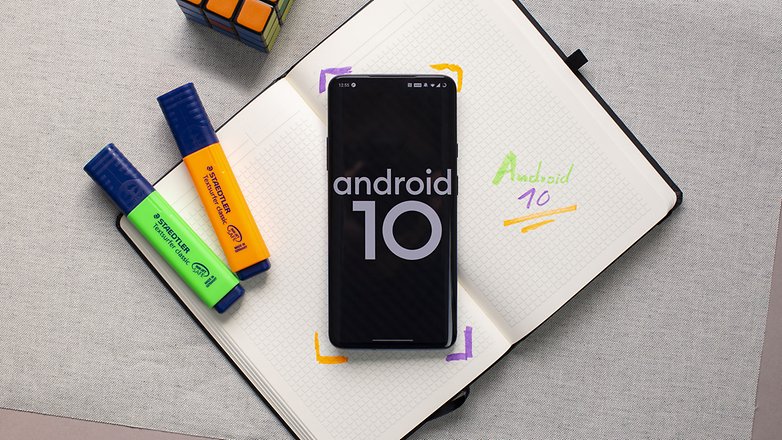
Silky smooth performance
If there's one thing that OnePlus has cemented its reputation for in this business, it's speed. Fast, smooth performance is probably the single biggest reason people buy these phones. The OnePlus 7T Pro packs the new Snapdragon 855+ and the version we went tested had 8GB of RAM and 256GB of UFS 3.0 storage. The 10-layer Liquid Cooling System we saw on May's flagship phone is also in this T-variant.
The combined of OxygenOS, the company's lightweight Android customization, that powerful processor and the liquid cooling system, makes the OnePlus 7T Pro a performance powerhouse. What's more, that 90 Hz display makes operation feel even slicker. The experience during my review period was silky smooth, whether I was in the camera app, multi-tasking of trying to push the phone to the limits of its performance. If it's a quick, clean smartphone experience you are after, OnePlus is still the go-to manufacturer.
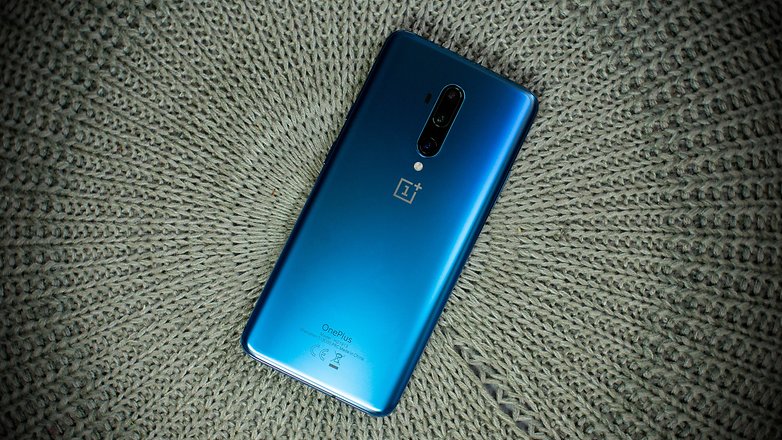
As you can see from the benchmark scores in the table below, the OnePlus 7T Pro is neck and neck with the OnePlus 7T in terms of performance. You're not really getting much of a boost if you go for the Pro version, but both phones are snappy and fast. In terms of pure power, you are looking at slightly better than a Galaxy Note 10, Samsung's top powerhouse.
OnePlus 7T Pro benchmark results comparison
| Samsung Galaxy Note 10 | OnePlus 7T Pro | OnePlus 7T | |
|---|---|---|---|
| 3D Mark Sling Shot Extreme ES 3.1 | 4905 | 5945 | 6020 |
| 3D Mark Sling Shot Volcano | 4146 | 5217 | 5245 |
| 3D Mark Sling Shot ES 3.0 | 4872 | 7562 | 6649 |
| 3D Mark Ice Storm Unlimited ES 2.0 | 53189 | 700245 | 72408 |
| Geekbench 5 (Single / Multi) | 704 / 2283 | 758 / 2707 | 786 / 2825 |
| PassMark Memory | 19730 | 32373 | 32960 |
| PassMark Disk | 73145 | 44238 | 50068 |
Stereo sound with Dolby Atmos
The OnePlus 7T Pro is fitted with stereo speakers, thanks to a conversion loudspeaker, coupled with Dolby Atmos technology. There is no headphone jack and no USB-C to 3.5mm dongle included in the box. You'll be going down the Bluetooth route to get your audio on this device then, most likely. This is another industry trend that OnePlus has decided to follow. Audio is fine on the OnePlus 7T Pro. I particularly enjoyed the seamless pairing between the 7T Pro and the OnePlus Bullets Wireless 2 headphones. The Dolby Atmos stuff is nice to have, but I would always recommend using headphones when listening to or watching anything on a smartphone.
Same camera hardware, new software
The camera setup on the new OnePlus 7T Pro is largely the same as it was on the 7 Pro too. OnePlus worked a lot on the software side with the seventh generation of its smartphones and with this new 7T Pro, has continued that trend. As we get deeper and deeper into computational photography in this industry, the hardware side is becoming more uniform. You can see the full specs of that triple rear camera setup below. The pop-up selfie camera is a 16-megapixel sensor with f/2.0 aperture.
Main Sensor
- 48-megapixel Sony IMX586 sensor
- 26mm equivalent focal length
- Focal Aperture f/1.6
Telephoto Lens
- 3x optical zoom
- 8-megapixel sensor
- 51mm equivalent focal length
- Focal Aperture f/2.2
Ultra-wide angle
- 16-megapixel sensor
- 17mm equivalent focal length
- 117 degrees field of view
- Macro shooting: with an integrated engine in the ultrawide-angle sensor, it is possible to make a 2.5cm focus for macro pictures.
Laser Focus
- Multi-autofocus system: PDAF, CAF and laser autofocus
Whilst the hardware looks familiar, the software has received some tweaks. New ultrawide-angle modes are available thanks to the latest version of OxygenOS based on Android 10. You can now shoot video and use might mode with the ultrawide-angle lens (without hacking) too.
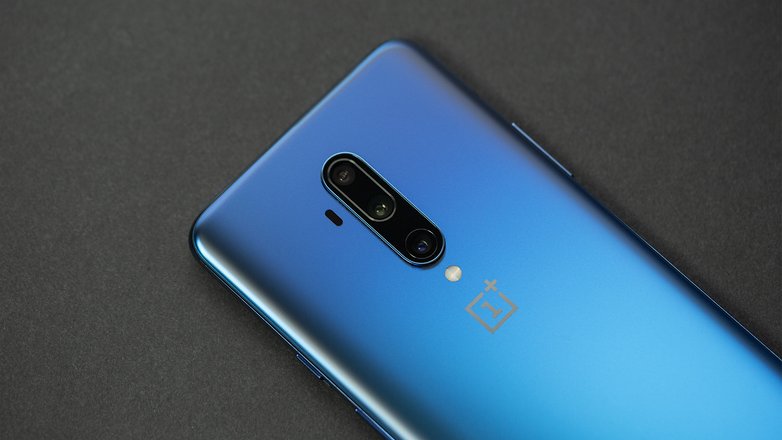
Photos taken with the OnePlus 7 Pro were very good, and you can expect more of the same from this 7T Pro. During my test, it was obvious that OnePlus had made a big jump in terms of camera quality between the 6 series and the 7 series, but little between the 7 and 7T series.
The new macro mode now lets you take pictures of objects just 2.5cm away. It's cool, but it's also on the regular 7T. Elsewhere, OnePlus has revamped its Gallery app to add more AI for identifying an organizing your photos. This is all done on the device and not in the cloud, for privacy reasons.
Overall, the OnePlus 7T Pro is a solid second-tier camera phone. Most users will be perfectly happy with the camera quality but in a direct comparison between this and something like a Huawei P30 Pro or a Google Pixel 3, you will see the difference between 'very good' and 'top-of-the-range'.
A slightly bigger battery and new Warp Charge
The battery in the OnePlus 7T Pro is slightly bigger at 4,085 mAh than the cell in the 7 Pro, which has a 4,000 mAh. Having a bigger battery is also one of the reasons why someone might opt for a 7T Pro over the regular 7T. The 3,800 mAh in the non-Pro version is not much smaller, but with that QHD+ display and the 90 Hz refresh rate, every milliampere-hour counts.
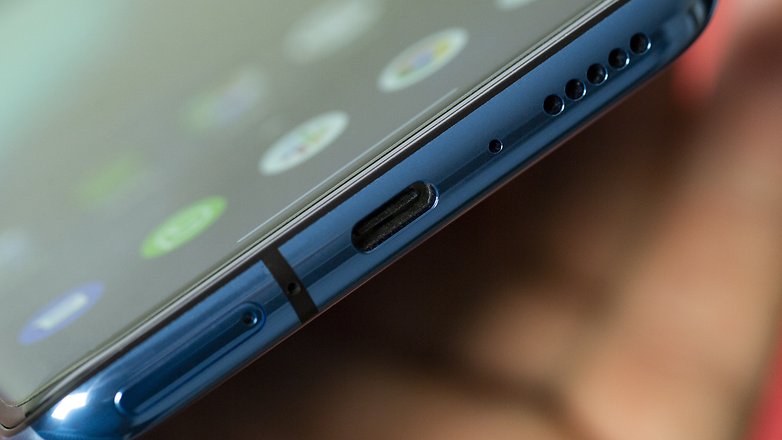
Of course, testing the average battery life of the OnePlus 7T Pro is complex given the display technology on board. With the screen set to 90Hz, the phone lasted almost 8.5 hours in PC Mark's battery test. This is lower than some of the other larger flagships on the market like the Galaxy Note 10 Plus, but that refresh rate hurts your battery life. You can switch to 60Hz to save juice though. During my testing period, I prefered to leave the display on 90Hz. I could usually get through the whole day with a single charge, but only if I left the house in the morning with 100 percent. When you do need to charge, however, there is good news.
OnePlus is back with new fast-charging technology and the 7T Pro comes with a Warp Charge 30T in the box. The Chinese firm says that it 23 percent faster than its Warp Charge 30. The numbers are pretty impressive, with a full charge taking less than an hour. During my tests, in 30 minutes I was able to take the 7T Pro from 13 percent to 84 percent. After another 10 minutes, the phone had 92 percent battery. It's impressive stuff.
OnePlus 7T Pro technical specifications
Final verdict
The OnePlus 7T Pro is a marginal upgrade on the regular 7 Pro that will not entice current owners to upgrade. Rather, this is a smartphone that expands the company's range of smartphones, something that every OEM seems keen to do. Unlike the 7T, which represents a sizable upgrade to the regular OnePlus 7, the difference between the two Pro models is much smaller.
The OnePlus 7T Pro remains a device for those looking to make the jump from the fifth or sixth generation rather than something fans of the brand will be rushing out to buy just to have the latest equipment. The biggest thorn in the side of the 7T Pro is actually the regular 7T. The OnePlus 7T comes with 90 percent of the features and equipment that the Pro model does and costs £549. By opting for the 7T Pro, you are essentially paying £150 for a pop-up selfie camera instead of a notch.















one plus is my dream phone i need this phone but u know oppo and realme and one plus is same company family and all are chines lol means copy past work done here so go for Samsung
How can this be a flagship killer when I recently got my s10plus 1tb edition for 775$?? Better screen, battery, performance and design than one plus.